Introduction
Kerato – cornea; and konos cone is a degenerative disorder of the eye in which structural changes within the cornea cause it to thin and change to a more conical shape than the more normal gradual curve. This cone shape deflects light as it enters the eye causing substantial blur and distortion of vision. This is due to tiny fibers of protein in the eye called collagen become weaker so its cannot hold their shape and the cornea becomes progressively more cone shaped.
Keratoconus is caused by a decrease in protective antioxidants in the cornea. Normally, antioxidants get rid of free radical which destroyed the collagen fibers. If antioxidants levels are low, the collagen become weaker then the cornea bulges out. In Malaysia , estimates of the prevalence for keratoconus range from 1 in 2000 people, especially teenagers up to early 30 years old seems to occur in populations throughout the world. Indian people more affected followed by Malay then Chinese.
Peoples who might risked from this disease are:
- Those who had family history having this kind disease.
- Those who had allergies like eczema, athsma and food allergy whereby they tend to rubing eye aggressively due to eye itchiness.
- Those who are staying in the area which is lack of oxygen such as at high altitude.
- Those who are having systemic disease like Down syndrome and Marfan Syndrome.
Signs And Symptoms
- Double vision on one eye
- Glare and sensitive to light
- Keep changing glasses within a year
- Keep rubbing eyes.
- Complaints of frontal headache.
- Shadows mimicking rainbow around the lights.
- Difficulties during night driving.
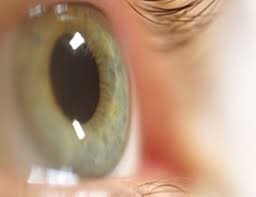
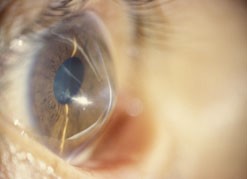
Normal Cornea (Flat Cornea) Keratoconus Cornea (Cone shape cornea)
Google Image
3 Stages Of The Disease
Early
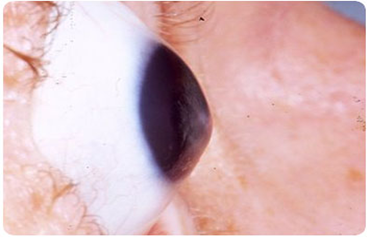
Moderate
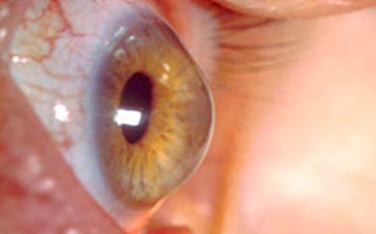
Advance/Severe
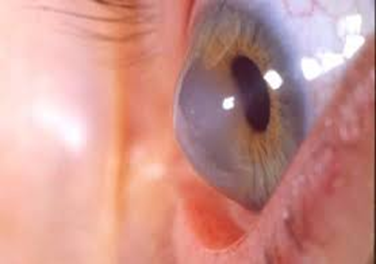
Google Image. Stages of Keratoconus
Treatment
- Glasses
- Contact Lenses
- Collagen Cross Linking(CXL)
- Corneal Ring Segment Insert
- Cornea Transplants
Early Stage – Can use either glasses only or both glasses and contact lenses due to vision still good due to lower of astigmatism power(-3.00 DC), but patient still need follow up treatment from eye specialist whereby eyedrop must be given to reduce eye itchines. Function of contact lenses rigid gas permeable is to slower down the disease from getting worse.
Moderate Stage – Both glasses and contact lenses can be use and prescribed only by qualified Optometrist. Contact lenses is needed due to moderate astigmatism power (>-3.00 DC<-7.00 DC). With glasses , vision still blured. Only by using contact lenses vision cleared especially with rigid gas permeable. Eyedrops is still needed same as at early stage.
Types Of Contact Lenses Can Be Use:
Soft Contact lenses. E.g Kerasoft IC, Softlex Keratoconus
Rigid Gas Permeable(RGP). E.g Rose K, E- conus, Menicon
Piggy back contact lenses- RGP placed on disposable soft contact lens
Collagen Cross Linking (CXL); treatment also can be given at this stage by eye specialist to strenghten the cornea in order to reducing possibility of cornea transplants. Government hospital that offered CXL treatment is Kuala Lumpur Hospital only.
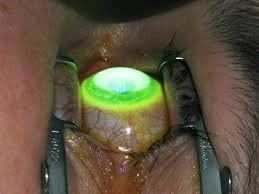
Google Image. Collagen Cross Linking
Corneal Ring Segment Insert: Rings inserted between cornea layer.This procedure not offerred at goverment hospital. In order to get good vision patient still need to use contact lenses after this treatment . This treatment is only to reduce the power of astigmatism and it will getting worse after several years later.

Google Image. Corneal Ring Segment Insert
Severe/Advance Stage – One of the layer from the cornea had swollen then become teared known as Hydrops, which caused scar in white colour. Vision almost blind at this level. Cornea transplant will be done at this stage by eye specialist. There are few goverment hospitals offered this kind of surgery such as Kuala Lumpur Hospital and Sungai Buloh Hospital. 1 or 2 years after surgey, patient maybe still need to use contact lenses in order to get good vision and they have to used it for the rest of their life. The chances to have good vision again is high after this surgery. All kind of treatment given will not cured the disease but only to preserved better vision.
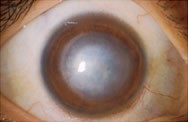
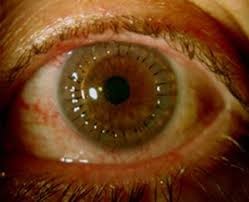
Before Cornea Transplant After cornea transplant
Google Image. Cornea Transplant.
References
- webmd.com/eye-health/eye-health
- https://www.nkcf.org
- Anthony J. Philips & Lynne Spedwell. (2007) Contact Lenses 5 Fifth Edition.Butterworth- Heinemann
- Nathan Efron Second Edition. (March 2010) Contact Lenses Practice. Butterworth- Heinemann
| Last Reviewed | : | 22 February 2017 |
| Writer | : | Pn. Safira Binti Zainal |
| Translator | : | Pn. Safira Binti Zainal |
| Accreditor | : | Pn. Ramuzha Binti Yaacob |







